Ideal temperatures
- As a rule of thumb, serve sparkling wine and rosé as cold as possible. We like to stick a bottle in the freezer for an hour or so before serving – just don’t forget it’s in there!
- Fridge temperature is perfect for white wines. If you’d like to get more specific, the lighter and more acidic the wine, the colder it can be – think Sauvignon Blanc or Riesling. Oaked white wines, such as some Chardonnays, are better a little bit warmer, so take them out of the fridge a few minutes before serving.
- Lighter red wines such as Pinot Noir, Grenache or Zinfandel are better served a little cooler, so it’s no harm to pop them in the fridge for 20 minutes before serving.
- Heavier reds (including Merlot, Shiraz and Rioja) can simply be served at room temperature, bearing in mind that this definition of “room temperature” doesn’t necessarily include central heating or a fireplace. The wine should be ambient, not warm.
Opening the bottle
- The type of bottle opener used is down to a personal choice.
- Assuming the bottle doesn’t have a screw cap, use the little knife on the ’waiter’s friend’ type of corkscrew, or even a kitchen knife, to cut off the top of a capsule.
- We find that the double lever type of corkscrew can make older corks fall apart. Although they take more practice to get used to, we like the the small ’waiter’s friend’ type that have an effective double action to levering out the cork, and have a practical thin wire thread.
- If you open a lot of bottles, the much more expensive screwpull lever-type opener might be worth the investment.
Checking if it’s “corked”
If you’ve bought a screwcap bottle, you don’t need to worry about the wine being “corked.” However, if your bottles have corks, you should check every one before serving. Do this by pouring a little into a glass and giving it a sniff. If the wine smells musty, mouldy or of damp cardboard, it’s probably corked. Taste the wine to confirm this: corked wine tastes bitter and highly unpleasant.
Decanting
Decanting is an easy trick that will greatly improve the taste of full-bodied red wine. Simply pour wine from its bottle into a glass pitcher or wine decanter and allow it to sit for 30-45 minutes. The motion of the liquid entering its new vessel allows air to be trapped in the wine, improving its flavour and aroma. It’s almost never a bad idea, unless you have a very old and delicate bottle that might fade in the decanter.
What glasses to use
While wine can be enjoyed in any glass, one designed for a specific wine type helps the drinker to better experience its nuances. However, we are thrifty folk here at Easy Food, so we’re not suggesting that you run out and buy several sets; rather, the best thing is to select a glass shape for your favourite style of wine. Below, you’ll see some common glass shapes and the wines that work well in these shapes.
A very common mistake is a musty glass smells. This can happen anywhere, and can be a result of a cardboard box, time spent in a cupboard (especially if glasses are kept upside down), a rogue tea-towel, or from a dishwasher. To avoid this unpleasant odour, simply wash your glasses by hand using washing-up liquid. Rinse the glasses thoroughly under plenty of warm water to get rid of any soap residue, then either leave them to air-dry or use a fine tea towel or some balled-up kitchen paper.
Pouring
- Don’t fill glasses too full: a good general rule is to pour the wine to just below the widest point of the glass.
- You should get 4-5 glasses out of every bottle.
How long will open wine last?
- This will depend largely on the type of wine and how it’s stored after opening. White wines will generally last up to three days, while reds may last up to five.
- The good news is that wine will begin to smell and taste vinegary long before it’s old enough to do you any harm.
- Store open wines in the fridge (or wine fridge if you have one). This will slow down any development of the wine, keeping it fresh.
- For best results, store the wine upright to minimise the surface area exposed to oxygen and stop the bottle with a cork, bottle stopper or ideally a wine preserver. (If you find yourself with none of these, cover the top with cling film!)
What to do with leftover wine
This is far from a common problem in Ireland, but it does happen! The best way to avoid waste is to use the wine in cooking.
- Wine can be used to add flavour to stews, casseroles or braises, to make a classic cheese fondue or to deglaze a pan and make a delicious pan sauce for your meat, poultry or seafood.
- If you don’t think you’ll cook with the wine before it turns vinegary, you can freeze it! We like to freeze wine in ice cube trays, then simply throw a cube or two into a pot of simmering stew when needed. To freeze large amounts, pour the wine into a freezer bag and seal completely. Lie the bag flat while it freezes so that it’ll take up minimum room in your freezer.
- summer events
- small business
- gut health
- OATLY
- healthy
- Crudo
- top tips
- All Together Now
- fridge cake
- Events Waterford
- food festival
- Events Ireland
- me auld flower
- news
- dublin
- events Dublin
- dublin festival
- Home-Cooking
- food and drink festival
- online cooking course
- festival line-up
- cooking
- Summer festival
- eco-friendly
- Events
- cosy
- Festivals Ireland
- wine
- Body & Soul
- grapes
- music festival
- south africa
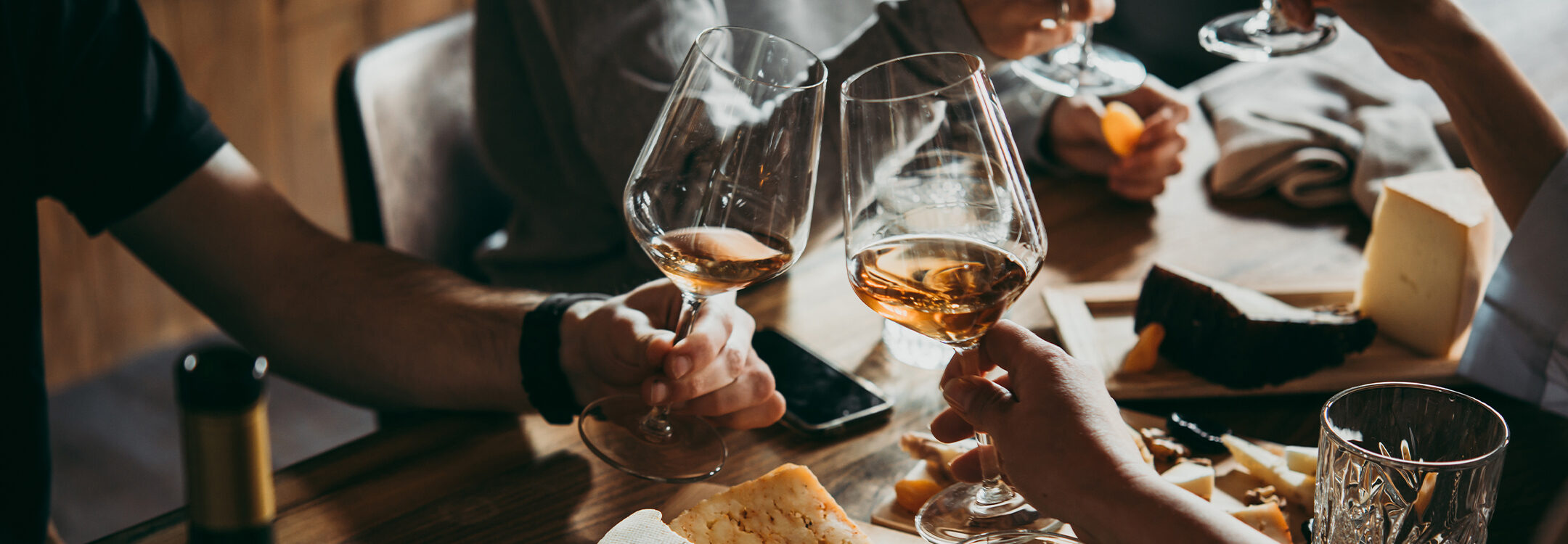
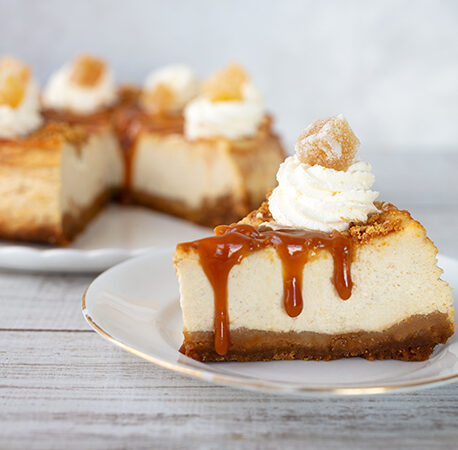
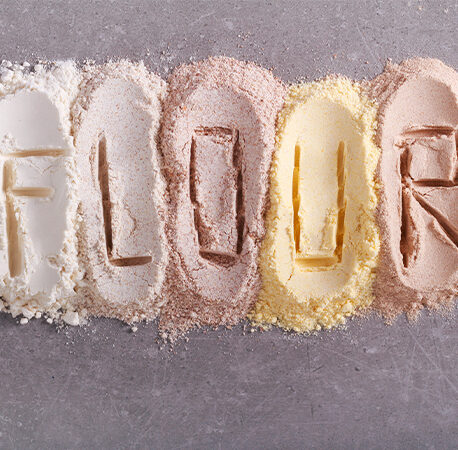
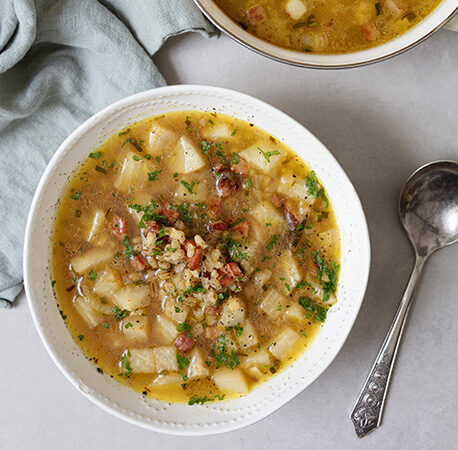
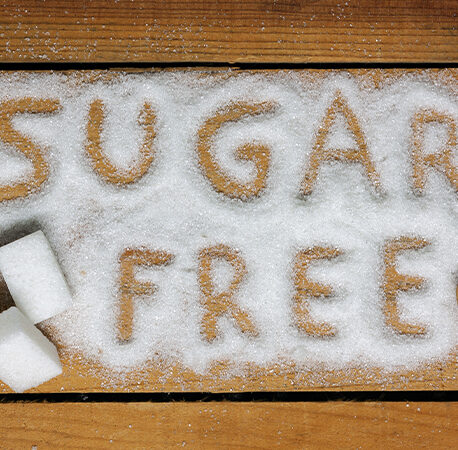
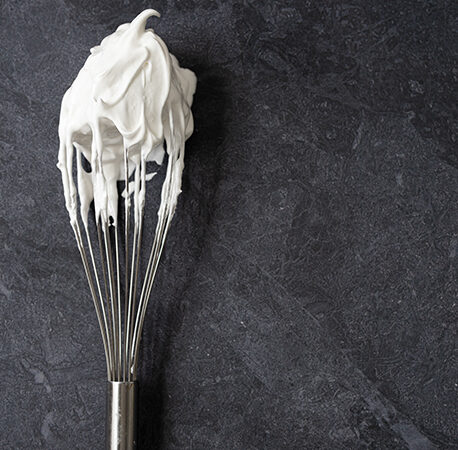
You have to be signed in to comment this post.